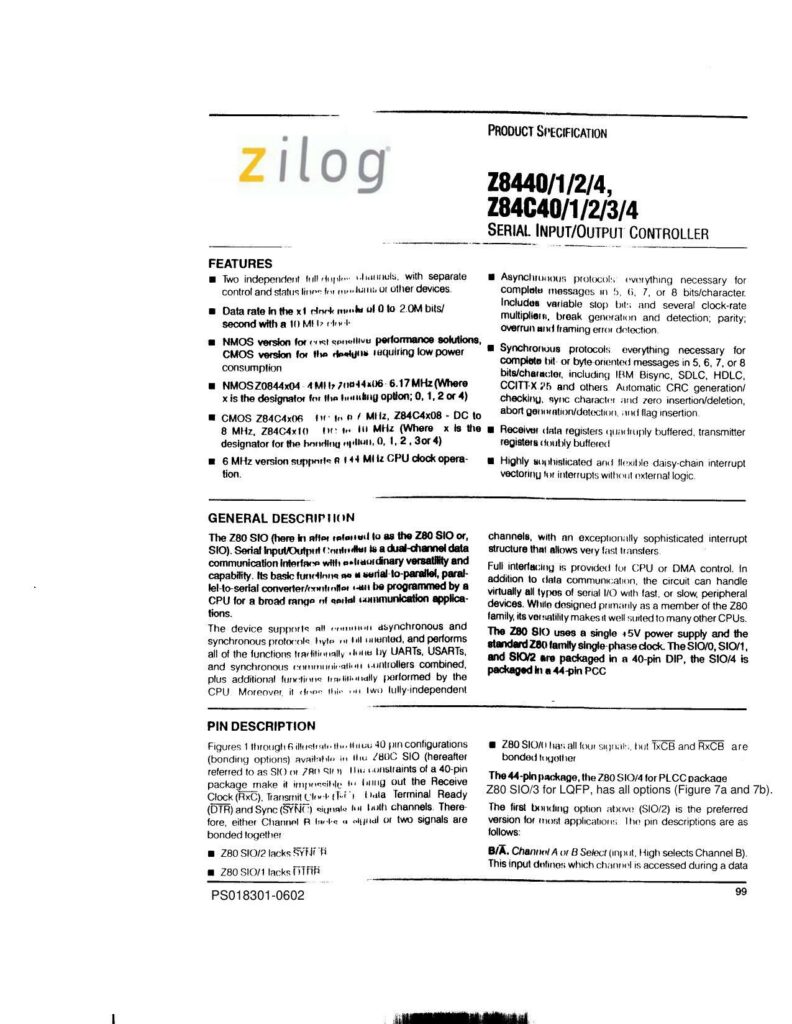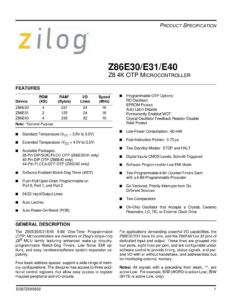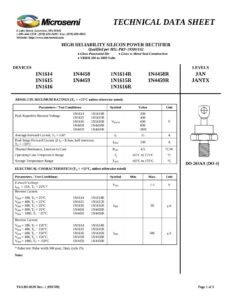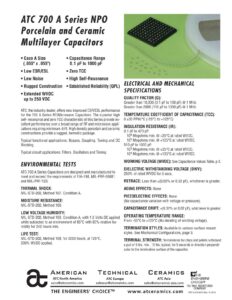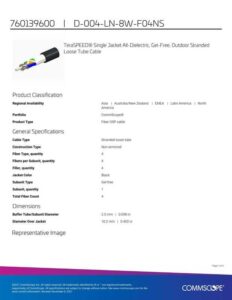Overview of Zilog Z80 SIO Serial Input/Output Controllers
The Z80 SIO, or Serial Input/Output Controller, by Zilog is a versatile communication interface with dual-channel data communication ability. It offers exceptional flexibility and capabilities for serial data exchange, functioning as both a serial-to-parallel and parallel-to-serial converter.
Key Features
The Z80 SIO provides two independent full-duplex channels with distinct asynchronous protocols and includes a broad set of features:
- Any data rate up to 2.0M bits per second
- Variable stop bits and several clock-rate multipliers
- Automatic CRC generation/checking, zero insertion/deletion, and flag insertion
- Buffered data registers for efficient transfers
- Support for asynchronous and synchronous protocols including IRM Bisync, SDLC, HDLC, and standards like CCITTX.27
- Detection capabilities for break generation, parity errors, overrun and framing errors
- Compatible with NMOS and CMOS technologies
- 6.17MHz (NMOS) and up to 8MHz (CMOS) clocking options
Variants and Packaging
There are different variants of the Z80 SIO to suit various application needs:
- Z80 SIO/0, SIO/1, SIO/2, SIO/4
- CMOS version with low power consumption ideal for battery-operated applications
- Different clock frequencies and packaging options: 40-pin DIP, 44-pin PLCC, and LQFP
General Description and Applications
Designed principally for the Z80 family, the SIO’s I/O versatility makes it suitable for a broad range of other CPUs. It supports all necessary functions of UARTs, USARTs, and synchronous communications controllers and is aimed at implementing fast transfers with high-level interrupt support. The device is an optimal choice for a wide variety of serial communication applications necessitating sophisticated data handling.
Pin Description and Integration
Figures representing the 40-pin DIP and pin assignments showcase how the Z80 SIO interfaces with external components. Channel A and B signals are carefully mapped to support different configurations, enabling easy integration with CPUs and peripherals. Specific pin functions like Receive Clock (RxCA), Transmit Clock (TxCA), Data Terminal Ready (DTR), and Sync (SYNCA) signals are detailed for effective system design.
Note on Power Connections and Packaging
Power connections adhere to standard designations with Vcc as the power supply and GND as the ground reference. Two figures illustrate the 40-pin DIP pin assignments and their respective functions, ensuring clarity for hardware designers.
References:
Chat: Powered By VoiceSphere
Pricing & Distributors: https://www.datasheets360.com/part/detail/z84c4006peg/692939389241111704/

